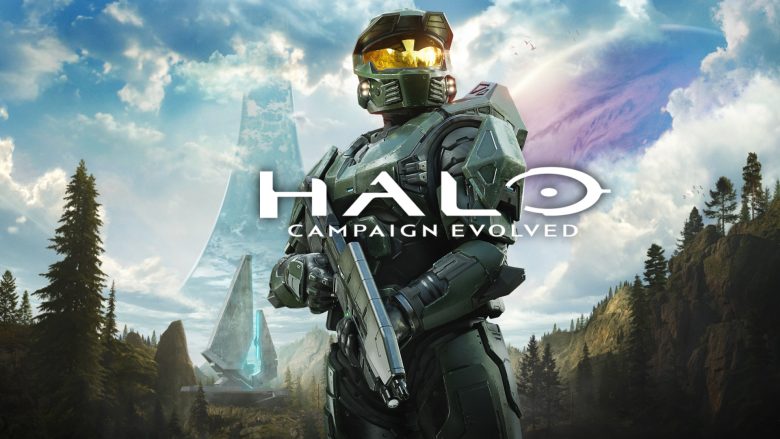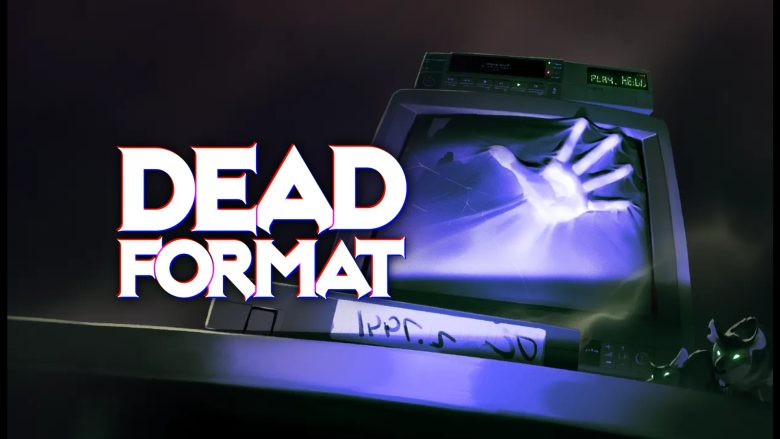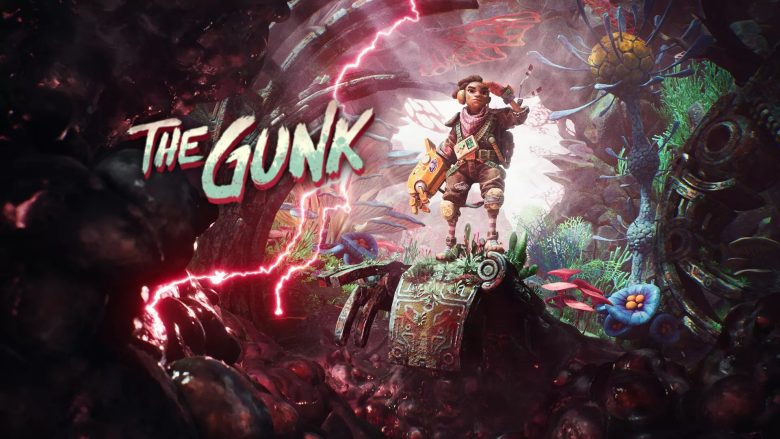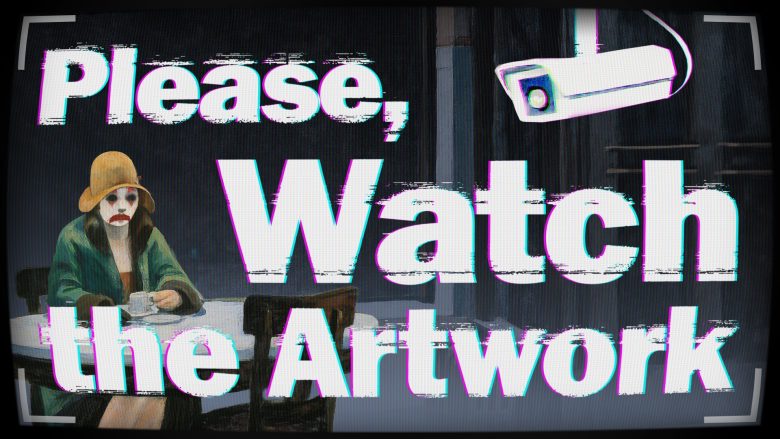Follow the rhythm and turn every sound into an instrument of destruction.
Tempo Punk, the upcoming FPS from Matima Studio, is a meticulously crafted rhythm-based shooter that impresses on both technical and artistic levels. From the very first moment – even at the main menu, before the action begins – players are drawn into a claustrophobic, oppressive world, brimming with cyberpunk aesthetics and unmistakable nods to Warhammer 40,000 and the hive-like megacities of Necromunda.
Here, electronic music isn’t just a backdrop – it’s the game’s lifeblood. Every beat drives movement, heightens tension, and turns firefights into frenetic, almost choreographed spectacles of destruction. The soundtrack sets the pace, dictates the rhythm of combat, and serves as an invisible hand guiding the player’s every action. Each chapter revolves around an original track, carefully composed to amplify gameplay intensity. Even in the demo, the two available tracks clearly showcase the studio’s ambition to make music not merely a feature, but the central pillar of the experience. With the full release, a dedicated soundtrack hub – currently unavailable – will be introduced, further deepening immersion and allowing players to explore the game’s soundscape as its own compelling journey.
Thanks to its electrifying rhythm-based mechanics, seamless synergy between audio and action, and a hypnotically crafted world, Tempo Punk stands out as one of the most compelling indie projects on the horizon. In this preview, we examine its strengths, weaknesses, and consider just how far Matima Studio can push this ambitious project.
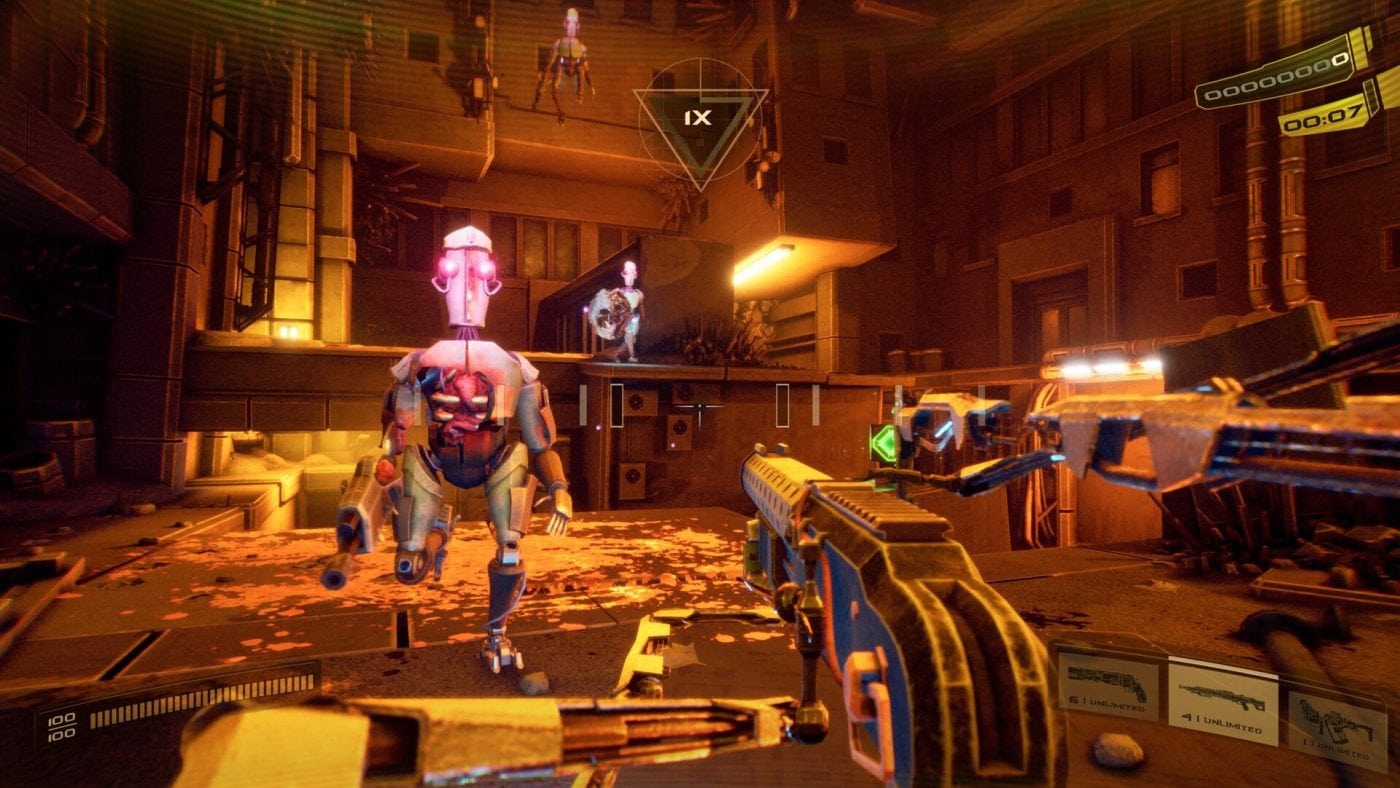
Hit the Beat or Feel the Pain
Much like the latest Doom entries, Tempo Punk wastes no time with idle chatter or lengthy tutorials. Combat and platforming mechanics are introduced immediately and with clarity, letting players dive straight into the heart of the action. The gameplay becomes truly satisfying once movements and attacks synchronize perfectly with the level’s soundtrack, turning every encounter into a rhythmic ballet of precision and strategy.
Synchronization is far more than a cosmetic flourish – it is essential for survival and progression. Shooting on beat dramatically amplifies damage, while breaking the rhythm reduces attack effectiveness to a bare minimum. This strategic layer is particularly crucial in boss fights, which demand not only weapon mastery but also smart use of secondary fire, such as explosive barrels linked to the basic pistol.
Enemy weak points are thoughtfully designed: in standard robots, they often appear in the head, while in bosses they are highlighted as brightly glowing sections, forcing players to act with precision and focus. The gunplay is tight and rewarding: every weapon is meticulously crafted, and the feedback from each shot delivers a tangible sense of power, encouraging players to refine their skill continuously – just like in a classic rhythm game. The only minor drawback lies in camera responsiveness, which can occasionally feel slightly sluggish during the most frenetic combat sequences.
Platforming, meanwhile, serves a vital and harmonious role. It seamlessly connects different action sequences without disrupting the flow, remaining intuitive, smooth, and never frustrating.
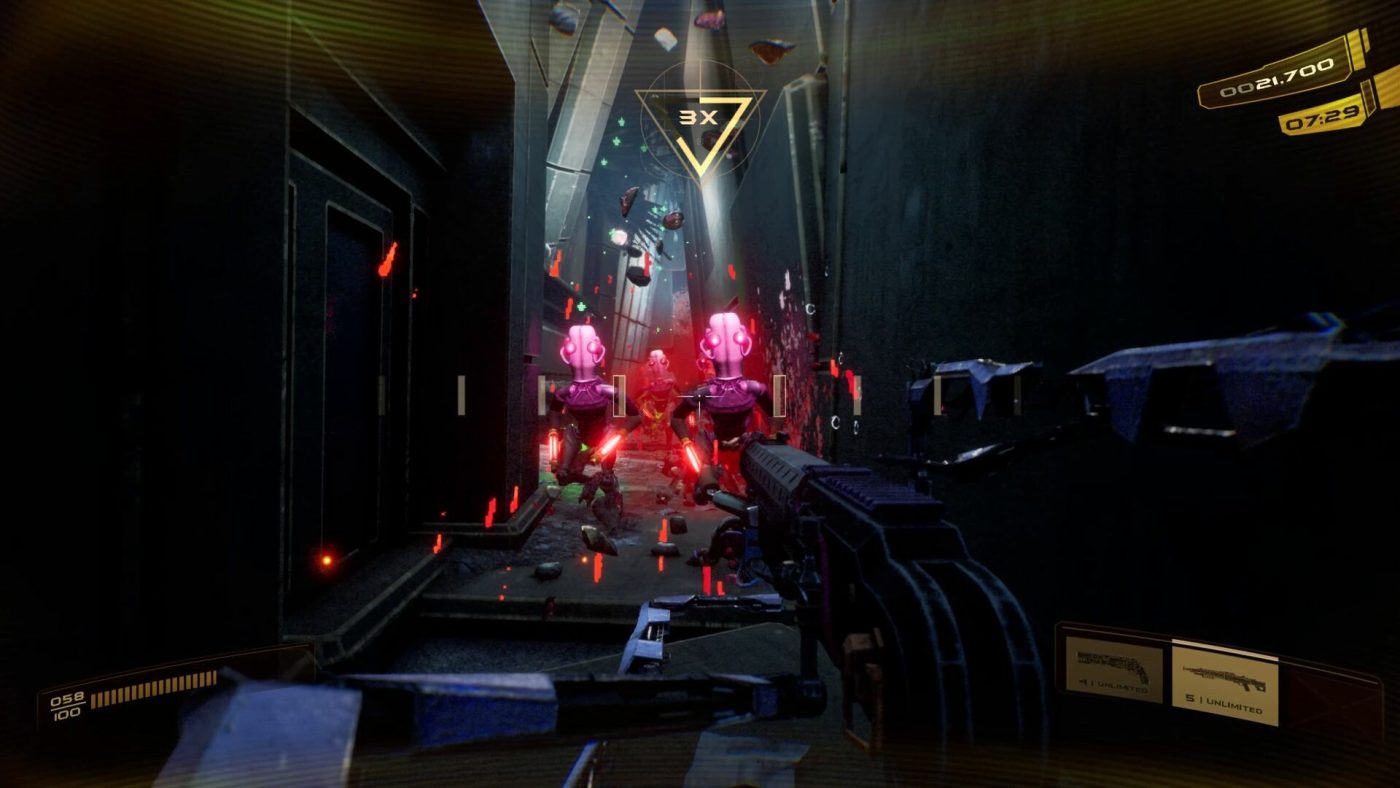
A Small Robot, a Big Revolution
Tempo Punk stages a robotic uprising that, while grounded in a deceptively simple premise, immediately grabs the player’s attention. The protagonist is no conventional hero: a humble cleaning robot, corrupted by mysterious forces, that evolves into a city-wide menace in Pioonier. What begins as an escape quickly erupts into a destructive rampage, cutting through ever more complex districts full of hidden secrets and steadily escalating threats.
Although the narrative remains only lightly sketched, its potential is unmistakable. The young team at Matima Studio now faces the task of shaping this foundation into a fully realized, emotionally resonant story – one that not only deepens the gameplay experience but also gives players irresistible reasons to explore every corner of Pioonier, uncovering the secrets and dangers driving the robotic rebellion.
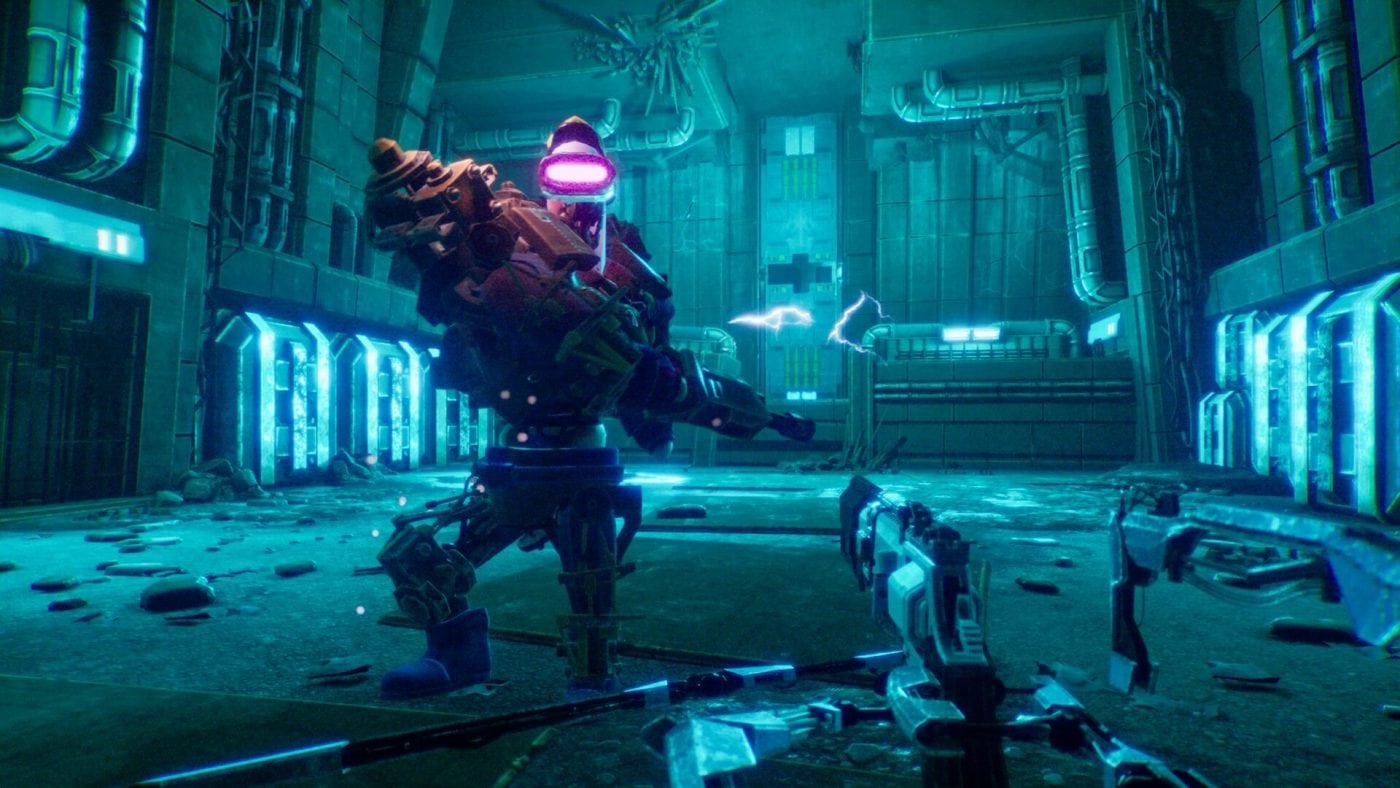
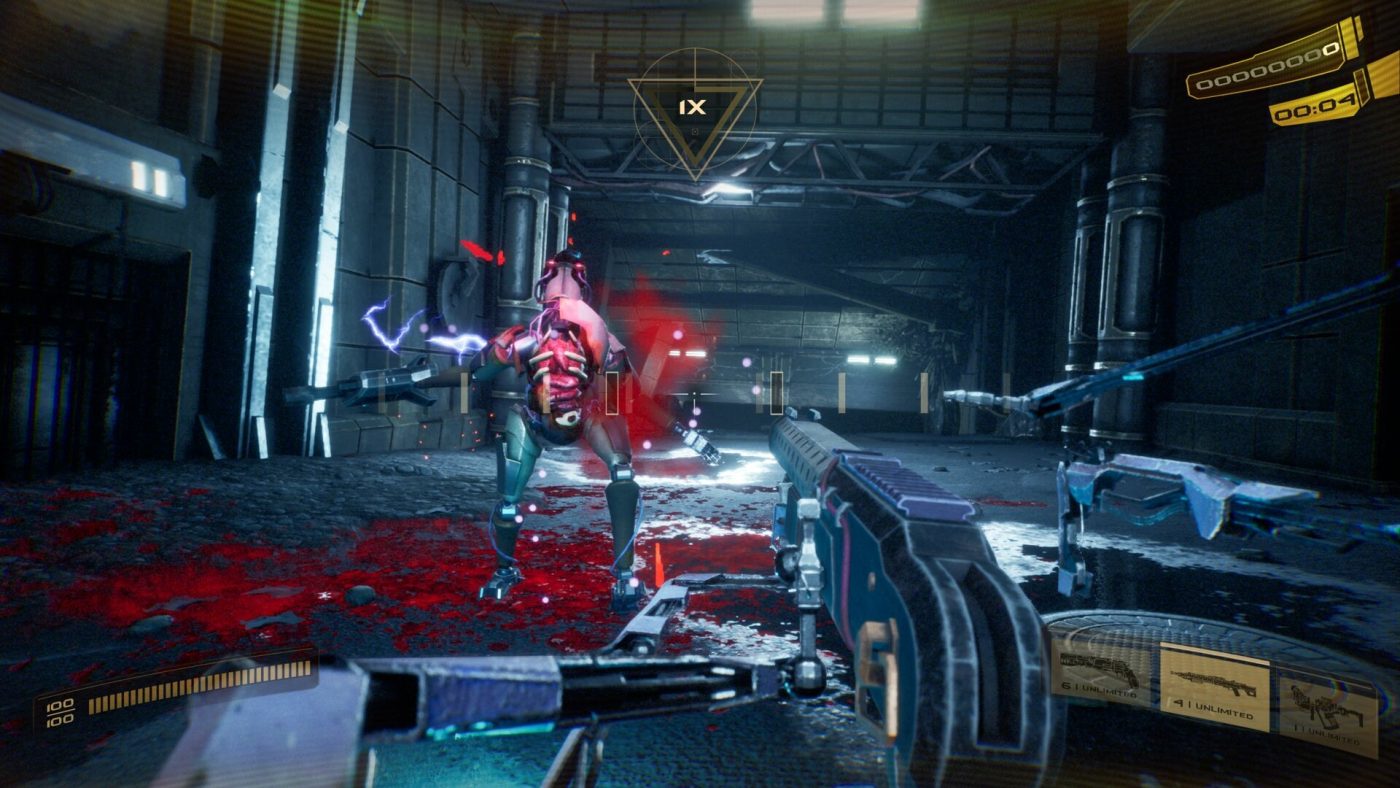
What to Expect from Tempo Punk
There’s no beating around the bush: the build of Tempo Punk provided by Matima Studio has already given us more than enough reasons to dive back into Pioonier. Now, all that remains is to wait and hope that the young Lithuanian team can address a few minor issues, such as difficulty balancing and camera responsiveness. Improvements here could not only enhance the gameplay experience dramatically but also broaden accessibility, making the game enjoyable even for players less familiar with rhythm games.
For the latest news and updates, visit the developers’ official website and add Tempo Punk to your Steam wishlist, so you’ll be among the first to know when the game finally launches.
Good luck, Matima Studio!



